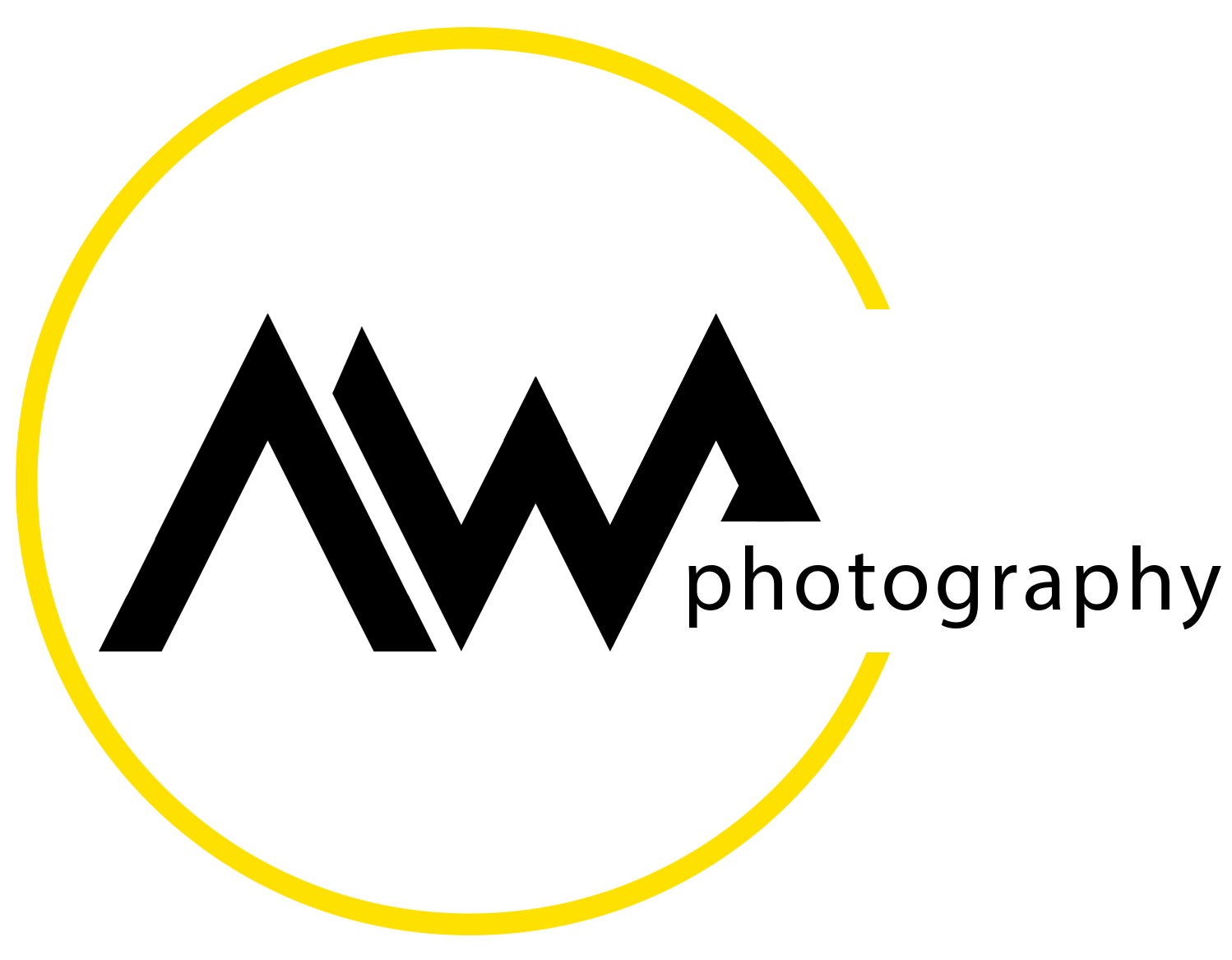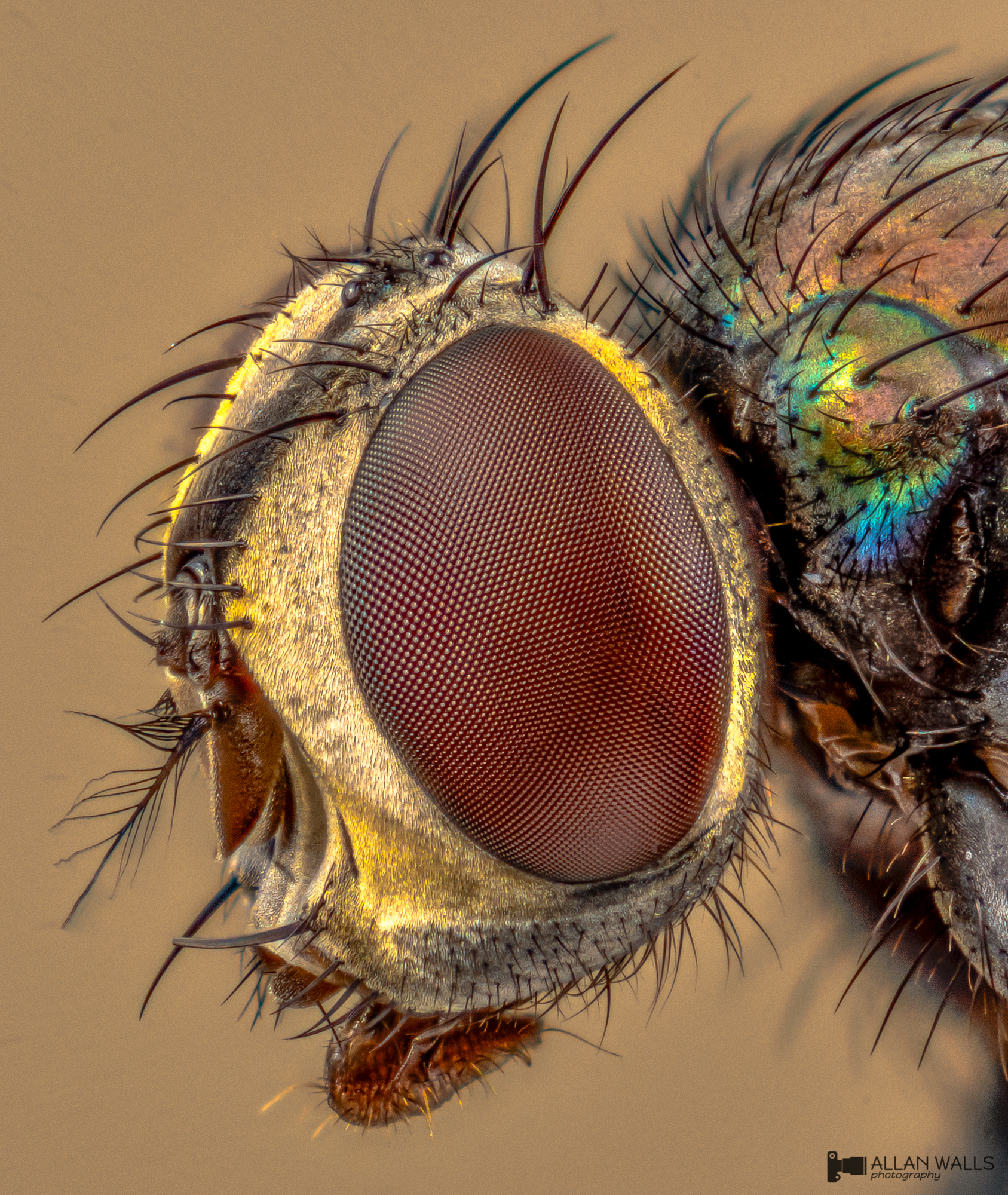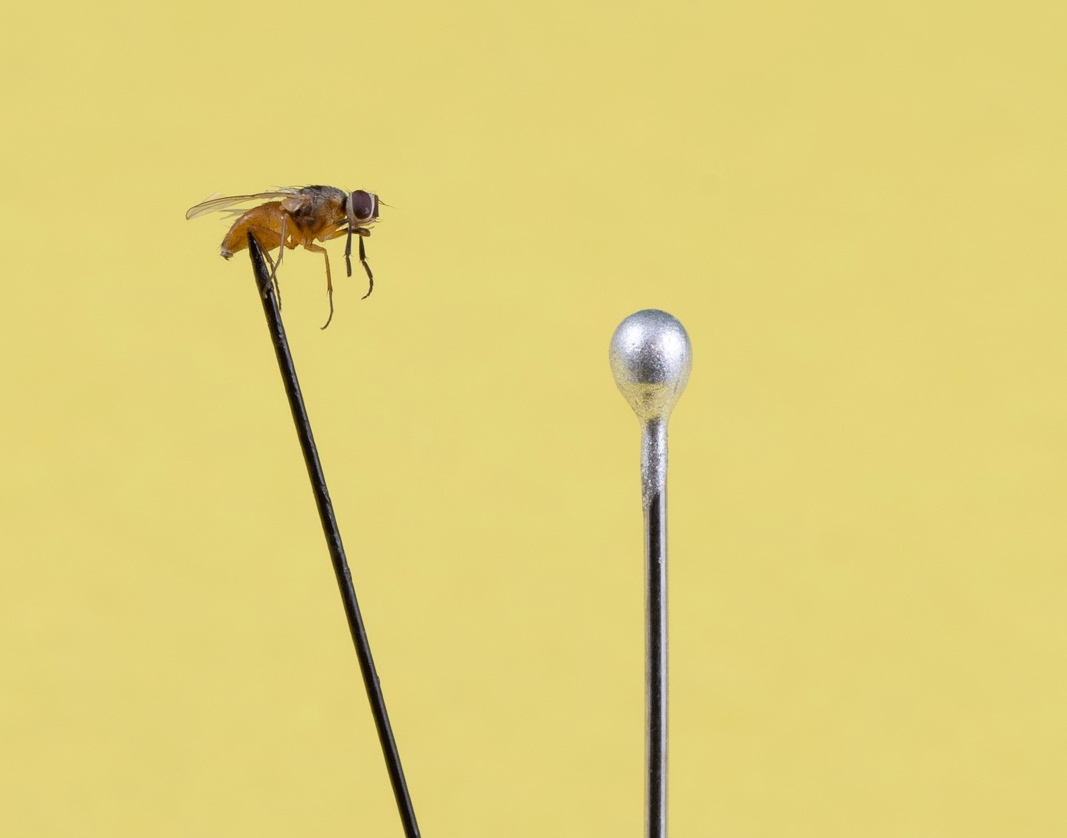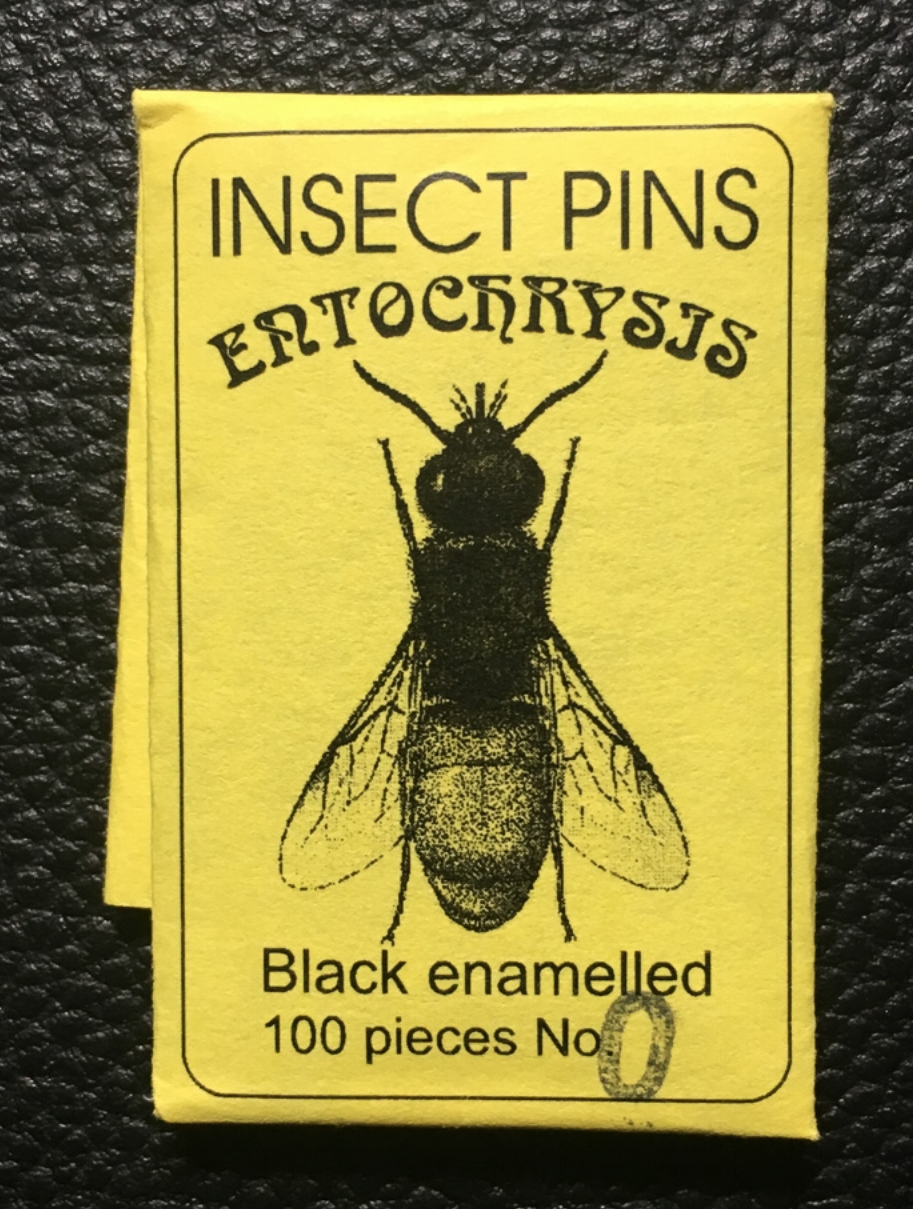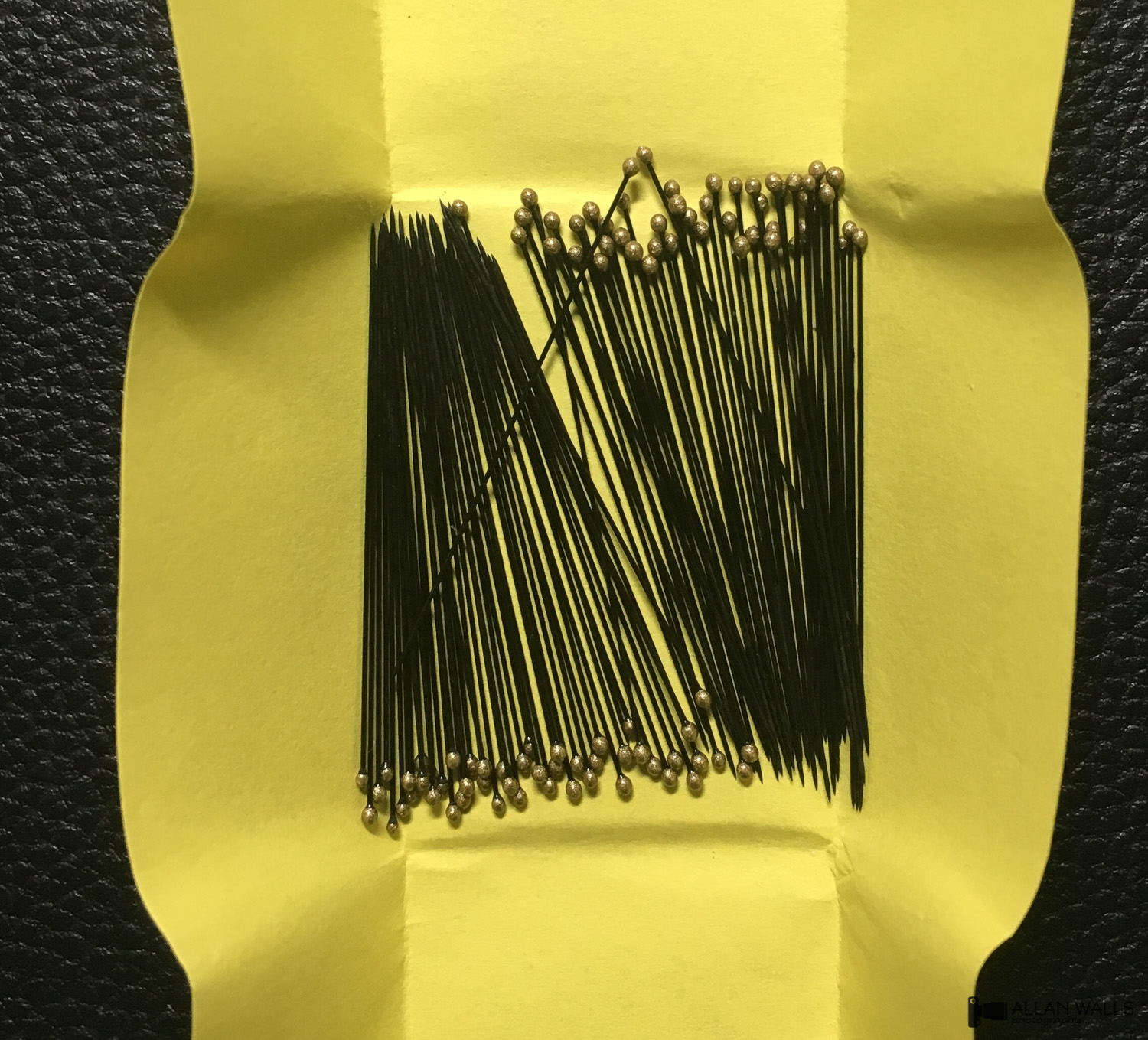Pin Perfection: essential equipment for macro photography
/In this short post I am going to review a product that I stumbled upon, quite by accident, a few weeks ago. For readers who are already bored after reading the first sentence, let me give you the condensed version of this article. The Entochrysis, number “0”, black-enameled insect pin is the best macro photography mounting pin on the market. If you want to know why, read on.
Just how do you position a 3mm fly for a shot like this?
Most of my macro photography is done “on location” and involves creeping around in fields looking for fascinating, and usually tiny, creatures to photograph. But sometimes I will get my hands on a specimen that deserves to be photographed in the studio, often using techniques like focus stacking or specialized equipment like microscope objectives. The fly in this picture dropped dead on my kitchen floor, shortly after sampling my homemade hollandaise sauce (I survived the sauce, but barely). Never one to pass up an opportunity to launch an ex-insect to international, if posthumous, stardom, I put the offending condiment to one side and headed back to the studio with fly in hand.
There are a number of useful techniques available to macro photographers when it comes to mounting an insect for high-magnification photography in the studio. We will sometimes pose the deceased bug on a twig or a blade of grass in order to give the illusion of vitality (even though anyone interested enough to look at the picture will instantly recognize it as a dead insect). A piece of cloth, some nice colored paper, or a glass surface can all work to create an interesting backdrop for the photograph. But whatever novel or creative mount we come up with, none can compete with the reliability and flexibility of the simple pin.
This partially dismembered bluebottle, the victim of a fly-swatter, was impaled on a pin as a morbid demonstration of the versatility of this mounting technique. As you can see, the pin can be positioned in almost any orientation, giving the photographer an endless selection of posing choices.
When using a pin to mount a specimen for detailed photography, it needs to have a couple of physical characteristics lest it interfere with the subject, like in this example.
The ideal pin needs to be very sharp, as fine as possible, without a highly reflective surface, and with a small compact pinhead. Over the years I have come up with several adaptions that make regular household pins usable as insect mounts. Typically I would have to sharpen, finely sand, and paint every pin I used. With really tiny insects, like gnats and mosquitos, there was just no getting around the problem of a massive, shiny foreign body impinging on the image and creating all sorts of glare and artifact problems for focus stacking software and photoshop.
But a couple of weeks ago, after coming across a company called Entochrysis, based in the Czech Republic, the prickly problem of portly polished pins was no more! These insect pins are amazing!
Unfortunately, my proficiency in the translation of all Balto-Slavic languages is lacking (as it is, coincidently, with every other known language), so there is not much I can tell you about the company. They are based in Pardubice, which I presume is in the Czech Republic, if that is of any help. I am sure Mr. (or possibly Mrs. or Ms.) Udržal will be able to tell you more if you contact him, or her, through the Entochrysis link above.
Entochrysis Insect Pins are awesome in every way that matters to macro photographers. Anyone who shoots tiny insects needs to give these tremendous pins a try. Let me show you why.
Pins 1 through 5 suck. Pin 6 does not suck.
Rather than breaking down the issues with pins 1 through 5, suffice it to say that each of them has one, or often several, of the following problems: too thick, too short, too blunt, too shiny, or cursed with too bulky a pinhead. Pin #4 looks black in this photograph, but it isn’t. The #5 pin has been my favorite for some time, due to its thin shaft and sharp point, despite being the shiniest of the lot. Pin #6 is the holy grail of insect pins, being long, very thin, permanently black (see below), flexible, super-sharp, and with a compact oval pinhead.
In the image on the right, our fly has been barbarically gored by the short, fat pin #3. The #3 pin is also shown above, next to the Entochrysis pin. The Entochrysis pin is thin and has a needle sharp point, allowing it to securely mount the fly by puncturing only the last abdominal segment.
By far the most useful feature of the Entochrysis pin is its matt black finish. This has been accomplished by permanently enameling the entire pin. The surface is relatively flat, quite non-reflective and does not cause nearly as much glare artifact as the typical steel pin - a real advantage when part of the pin is included in a focus-stacked image set and will need to be removed later in photoshop.
This pin is game-changer for extreme insect macro photographers, looking for a handy, versatile, and inexpensive solution to most common pin problems. You can pick them up for around $10 for a package of 100 at Amazon.
Thanks for visiting! If you have come up with other, or better, insect mounting solutions for tiny bug photography, let me know in the comments section. Your comments are always welcome.
